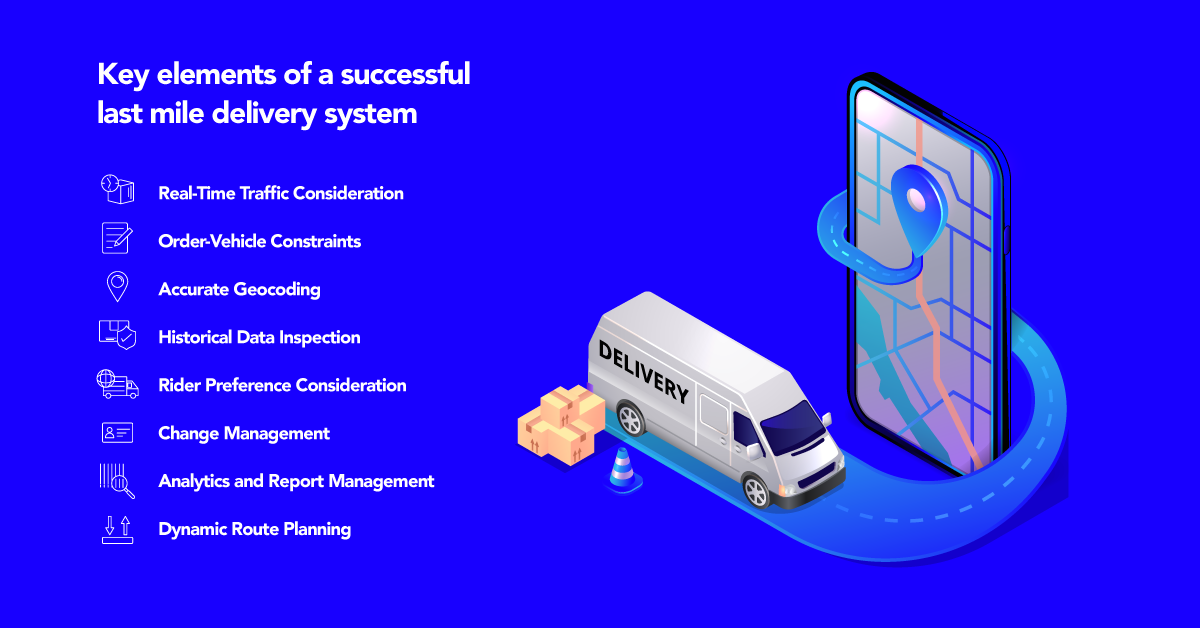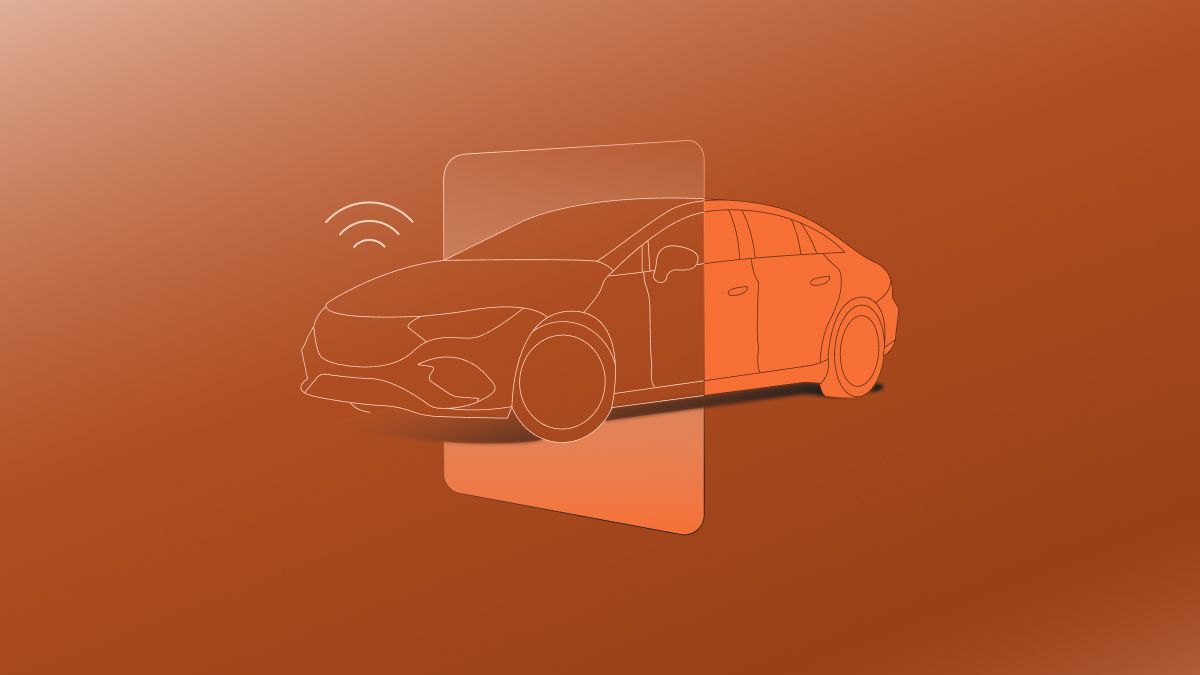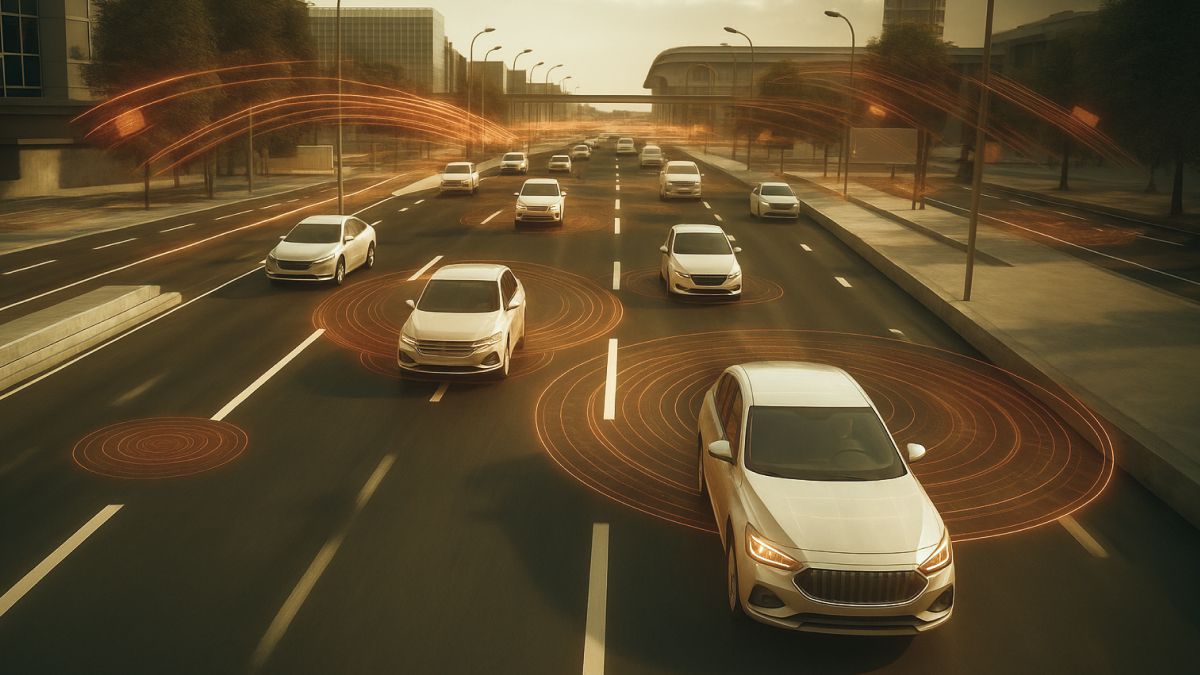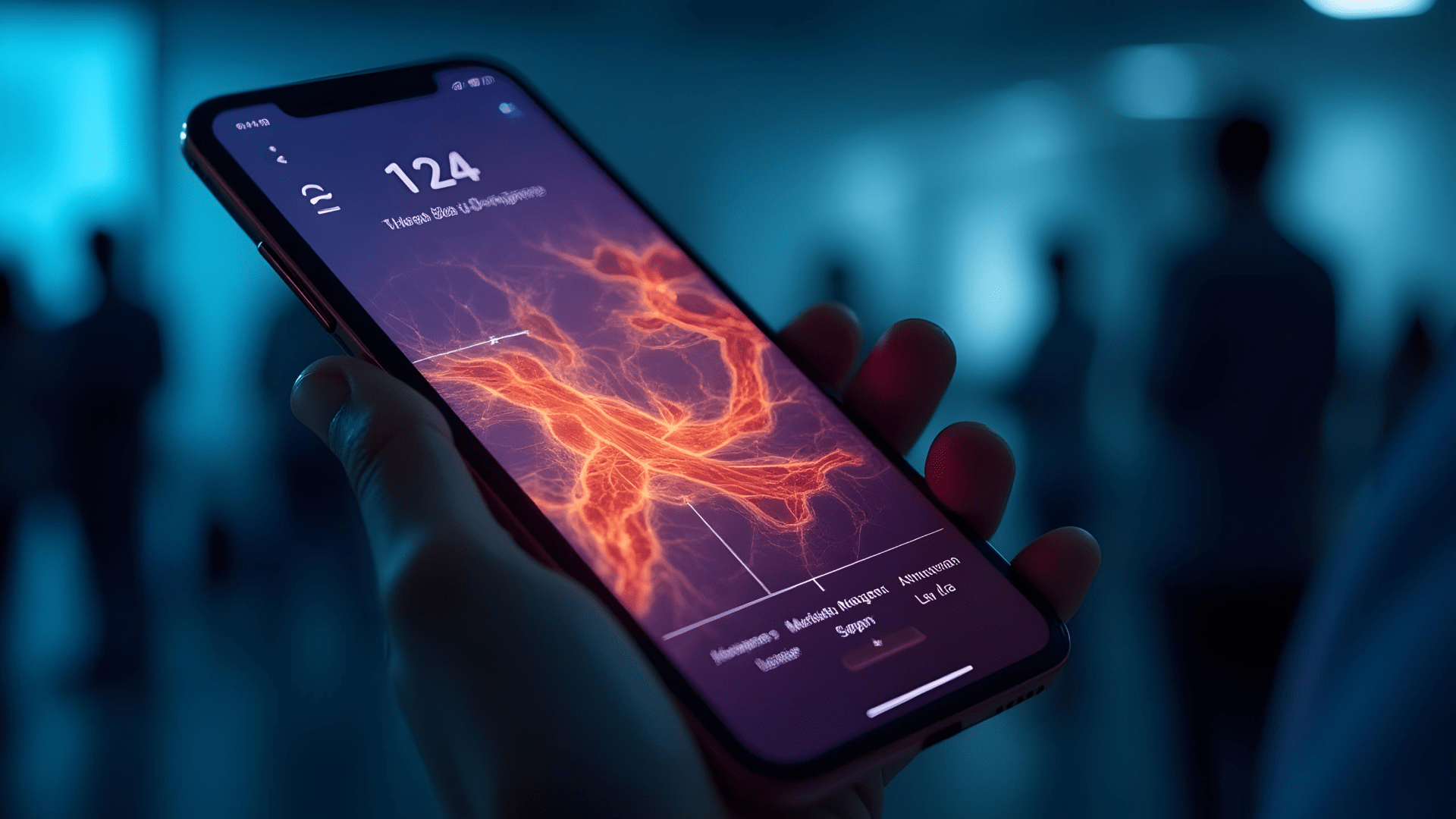As e-commerce volumes surge, logistics companies are struggling to find ways to cope with the changes in consumer behavior. According to a report by Anyline’s, 53% of consumers reported receiving damaged packages in 2020, and 43% had packages lost in transit.
Interestingly, before the pandemic, many last-mile startups spent huge amounts of resources to educate their customers that fast home delivery is a good idea. As the pandemic hit, more and more consumers were scrambling for grocery delivery services. Customer education was no longer needed.
The increasing demand for faster, more efficient, contactless, and same-day delivery has put huge pressure on last-mile delivery fulfillment.
Meanwhile, logistics providers are facing challenges: higher delivery costs for customers, slower delivery times, and an adverse impact on the environment. Last-mile delivery is the most time-consuming and expensive part of the entire supply chain. According to Business Insider, it accounts for 53% of a business’s overall shipping costs.
So how can logistics players address these obstacles and capture more value in this $12-billion opportunity?
In this article, we discuss the challenges of last-mile delivery that keep C-level executives and their customers up at night and identify different ways that technology can help companies solve these issues and increase their competitiveness.
Challenge #1: Lack of visibility breaks the customer experience
Visibility is going to be a huge differentiator in the logistics space moving forward. The worry that an order has got lost in transit causes more stress for customers than knowing their package is delayed. Without knowing the status of their delivery, customers will contact customer service, creating frustration on both sides.
A missed delivery appointment, a wet package, or even a cold pizza can crush customer satisfaction. Tech-savvy customers want additional features that allow them to track deliveries in real-time and even communicate directly with drivers. This is why retailers have turned to technology to enhance visibility in last-mile delivery.
Solution: Creating a single source of truth
Retailers will be searching for last-mile delivery that utilizes artificial intelligence (AI), machine learning, Internet of things (IoT), and blockchain to build solutions that provide real-time tracking, dynamic routing, and warehouse optimization.
This way, retailers can build a single source of truth for managers, dispatchers, drivers, and customers, preventing scenarios where dispatchers and customer service teams are saying something completely different than customers.
Moreover, the aggregated data from multiple sources in the supply chain allows retailers to get insights about what worked or not, and then improve. Plus, real-time tracking allows customers to track packages on their own without having to contact customer service.

At HTEC, we’re currently working on creating the largest e-commerce platform in the Balkans, called Ananas, also known as the “Serbian Amazon.”
The ultimate aim of Ananas is to give customers an unprecedented shopping experience with complete visibility into the status of their order. Ananas’s last-mile delivery will introduce its own fleet and offer a brand-new experience to customers. We are confident that this platform will reimagine online shopping, from ordering to returns to claims.
Challenge #2: High costs and opaque pricing
One of the most common problems for retailers and logistics companies is the extremely high cost of last-mile delivery. Given that the last-mile delivery market size is projected to reach $55.2B (The Market Reports) by the end of 2025, companies need to find ways to optimize the last mile and improve efficiency.
The cost of the congestion, traffic accidents, and pollution caused by thousands of delivery vehicles driving in big cities is getting higher each day. Furthermore, as “free shipping” becomes the norm, customers are less willing to pay for a delivery fee, which further puts pressure on retailers and logistics partners to shoulder that extra cost. As such, it’s become imperative for companies to implement new technologies and drive process improvements.
Finally, because customers want their packages to arrive in a specific time window, delivery organizations need to look for ways to improve routes to deliver orders at the designated time and place. This only increases the complexity of last-mile delivery logistics.
Solution: Route optimization and autonomous vehicles
Using advanced dispatching and route optimization, retailers and logistics companies can automatically optimize their last-mile delivery sequences.
Logistics companies are starting to combine data from multiple sources to optimize their delivery routes and reduce transportation costs. This provides them with data about the ideal number of vehicles required and the shortest routes they can take to deliver the packages within the customer’s delivery time window.
One of HTEC’s partners, Leaf Logistics, is a perfect example of a logistics company that used technology to save money and improve route management and customer satisfaction.
Leaf offers access to high-quality freight, organized into efficient plans and routes like circuits. Leaf Dashboard, for instance, combines all system data into the denormalized database and allows easy and dynamic reporting for the shippers and carriers’ customer experience teams.
With easy access to this information, they can analyze the data and understand the benefits, savings, and empty miles they’ve avoided using the Leaf platform. This also helps with driver satisfaction by increasing their total loaded time with repeatable schedules for weeks or months at a time.
Challenge #3: Doing harm to the environment
As more and more customers expect faster delivery times, last-mile delivery systems become less efficient, causing a negative impact on the environment.
Currently, there are thousands of vans crisscrossing cities and carriers sending trucks to the same home a few times a day, thus increasing carbon footprints. According to the World Economic Forum, we can expect a 32% rise in carbon emissions from urban delivery traffic by 2030. But something happened during the pandemic — it accelerated local fulfillment, which has influenced the supply chain to place the inventory closer to the customer than ever before. So, now is the time to harness data and analytics to make last-mile delivery greener, more efficient, and more cost-effective.
Solution: An ecosystem that works together to incentivize eco-friendly choices
By acting on real-time insights about consumer preferences regarding this last-mile delivery, retailers can improve route management and inventory to achieve a lower last-mile footprint.
Additionally, city officials will benefit from developing more environmentally-friendly standards that would cover the entire delivery network, including out-of-home PUDO points (refers to any kind of designated area for consumers to receive and leave packages, typically picking up e-commerce orders and dropping off returns). Postal and parcel companies should develop incentives to measure and predict the carbon footprint of each delivery and present that data to retailers. This would encourage consumers to make greener choices.
On top of this, by promoting greener models, logistics and retail companies would build trust with consumers more easily as they would be better informed about the consequences of each delivery option.
Based on a study conducted by the World Economic Forum and McKinsey regarding the effectiveness of interventions to reduce the carbon footprint in Japan, delivery robots may have a positive environmental impact, thus improving last-mile delivery efficiency. Also, electric vehicles and parcel lockers, will likely continue to reduce carbon dioxide emissions.
Building intelligent routing models may also be a way to tackle this challenge. One example is the Stena Orbit Platform that enables the digitalization of tanker shipping companies and helps them build a sustainable business model. This platform provides companies with insights about location, routes, and fleet capacity in real-time. It calculates and suggests the most efficient ways to optimize routing for the lowest fuel consumption. This kind of solution helps companies make more eco-friendly decisions.
Challenge #4: Quick order fulfillment
With higher customer expectations for same-day deliveries, there is even more pressure on logistics and last-mile delivery.
Consequently, customers are becoming more frustrated with the service provided by the existing delivery carriers and are turning to the big logistics players such as Amazon, Deliveroo, and Uber that can fully meet their expectations. This has had an enormous impact on retailers as well, pushing them to implement technologies that give customers fast, flexible, and even free delivery.
Solution: Predictive analytics and warehouse automation
To develop a next-generation last-mile delivery, retailers need to leverage digital technologies and advanced analytics to better predict order demand.
This has allowed fulfillment centers to gather valuable data and improve decision-making. For example, Amazon has built regional fulfillment centers to house inventory closer to the end customer (Amazon is currently responsible for 25% of all warehouse space in the UK.) Amazon Flex, the company’s own on-demand, crowd-sourced delivery service, and Prime Now, a service that offers one- to two-hour delivery, beat the competition by achieving higher productivity than other carriers that offer same-day delivery.
Over the years, the use of data has expanded to the integration of AI into the order fulfillment process. Powered by AI, robotic warehouse systems boost the efficiency of pick/pack operations by selecting the most efficient picking routes in the warehouse and eliminating unnecessary routes.
In warehouse robotics, Ocado is a leading technology business providing online grocery solutions for global retailers. It can process 3.5 million items per week in highly automated warehouses that work around the clock.
We at HTEC believe that digital technologies such as robotics and automation will drive the future of e-commerce — more specifically, warehouse management and last-mile delivery.
But the biggest challenge with warehouse robotics is that these robots cannot deal with sensitive products (if they squeeze a bag of tomatoes too hard, we’ll get tomato juice instead).
Our soft-grab robotic hand is specifically designed for automated warehouse management and faster pick/pack operations. The sensors at its fingertips offer precise grasp control and provide feedback about the contact force and its location, which gives robots information on whether they have grasped the object properly.
Challenge #5: Shoppers want control over package delivery
Visibility alone is not enough to satisfy online shoppers. Given that digital consumers are mostly on the go, they might not be available to receive their package at a particular time. As the pandemic has caused many people to shop from home, they are becoming even more demanding about when, where, and how they get their packages.
Based on PwC findings, 41% of consumers ranked fast/reliable delivery (e.g., same-day delivery, BOPIS options, visibility for their package/order throughout the delivery process) as one of their top considerations when shopping online. Another study by Invest states that 56% of shoppers aged 18-34 expect same-day delivery.
The bottom line is that your customers don’t want to call you for support. And this is where the speed and transparency of last-mile delivery can be the difference between a good and bad customer experience.
Solution: Personalized delivery options
Along with the quality and the price of products and services, customer experience has become a crucial brand differentiator.
A RedPoint Global survey revealed that 63% of customers expect personalization as a standard offering. Personalized delivery options help customers acquire their purchase when and where they want, allowing them to experience the utmost security, control, and comfort.
Take Wolt, for example. The secret of their stellar success is in the “logistics optimization first” approach. The company needed to build an “optimization-heavy logistics setup for last-mile delivery,” which allowed them to operate even in small cities with limited population and high labor costs.” The Wolt app provides users with real-time data, including every step of the last-mile delivery from the moment the food is ordered until it’s delivered to the customer.
Having complete control over delivery operations can help logistics companies overcome different delivery-related challenges. By using GPS and RFID tags, retailers can track the shipment movement and conquer the challenges in the last leg of the order journey.
This also provides an opportunity to devise a more efficient delivery system that gives consumers convenient out-of-home pickup options. Plus, parcel companies can analyze historical orders and customer preference data to offer flexible delivery options, including where and when a package is dropped off. For example, a parcel company could use a customer’s order history to suggest delivering a package to their office or a secure package locker during work hours or to their home during evenings or weekends.
Carriers such as UPS, DHL, and Hermes already offer such personalized service. For instance, one of the features of our Ananas Solution is the PUDO channel that allows customers to pick up their orders in a local restaurant, coffee bar, shop, or some other designated area. This way, customers can pick up packages where and when they find it convenient.
Want to learn more about how HTEC’s technology expertise can transform your business? Explore our Technical Strategy and Retail & Consumer capabilities.





